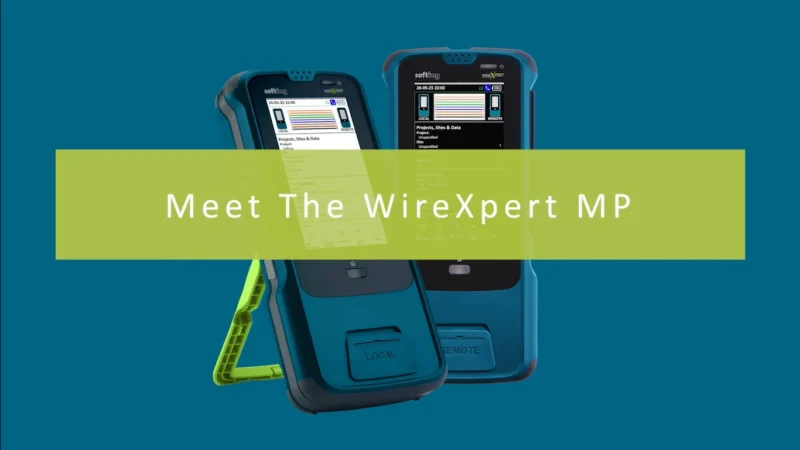The Coming Revolution: Why 5G is going to change your life
Imagine the best method of communication you have is a telegraph machine. It allows you to communicate across the country, and to you, it seems like lightning-fast communication compared to horse-drawn postal service. Now imagine someone comes along and shows you a fax machine. It would seem revolutionary—almost impossible—right?
We’re about to experience a similar technological revolution. As telecommunication companies move from 4G to 5G, the way our world communicates, not just with each other but also with the machines around us, is poised for a radical change.
5G – The next generation
5G means the fifth generation of wireless technology. From the first wireless cellphones (1G) to the interconnected, online devices that surround us today (4G), there have been quite a few advances. But with an increase in the number of users and devices trying to access wireless data, the 4G infrastructure isn’t enough. 5G wireless will allow for 1000 times more traffic than currently possible, and speeds will increase from today’s 1 Gbps to 10 Gbps with 5G. To most users, accessing content will seem instantaneous.
This is significant not only for emerging technologies today, but also for devices we cannot yet imagine. There are three main advantages provided by the jump to 5G: enhanced broadband, greater machine-to-machine communication and low latency. The first allows for enhanced connectivity and makes things like remote broadcasting possible without extraneous equipment. Machine communication capabilities enable the Internet of Things (IoT) to operate, opening the door for automation across a wide range of industries that previously relied on human intervention. Low latency is what will drive the progress of applications like virtual reality, self-driving vehicles, and even remote surgery—where a surgeon can perform a medical procedure using robotics without being in the room, or even the same country.
Making 5G possible
The transformation from 4G to 5G, however, is going to take a massive infrastructure overhaul. The technology required to make 5G possible involves multiple processes all working in conjunction to ensure that signals are directed in the most efficient and sustainable manner. Countless microservices must be coordinated to allow usage no matter where a customer is. As it currently stands, the plan for 5G involves a combination of millimeter waves, massive multi-input/multi-output (MIMO) structures, small cell bases and wave restructuring techniques like beamforming and full-duplex transmission.
Understanding these processes is critical to realizing just how big of a jump 5G will be. Currently, our devices operate on frequencies below 6 GHz. By operating on “millimeter waves” between 30 and 300 GHz, companies can work on far more bandwidth, meaning faster speeds for more devices. The problem is, these waves are easily obstructed. Instead of relying on traditional towers, localized small cell bases will have to be implemented, and existing towers will need to be converted to massive MIMO structures to serve users at these higher frequencies. Finally, these towers will need to be able to direct traffic in a highly specified and efficient pattern, known as beamforming. They will also need to change waves using a process known as “full duplex” to allow for two-way traffic. It may sound like an enormously complicated process, but we’re on the cusp of making it all possible.
Taking a risk…for big rewards
While many are excited about the possibilities of 5G, telecommunications companies are concerned that the upgrade is going to come at a significant cost, both from the physical build-outs and the hit to the data provided to current subscribers. Luckily, polling shows that if 5G is implemented, consumers are ready to embrace the change. In a study published by the NPD group, 43% of consumers already on an unlimited data plan are eager to move up to 5G, and 33% of smartphone users are interested in buying a 5G-enabled phone when they become available. These figures are significant considering that only 64% of consumers even know about 5G. As that number grows, the interest and potential market will grow as well.
Learn more at https://www.tessco.com/









